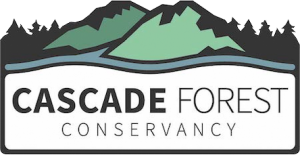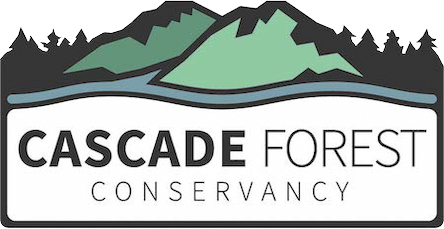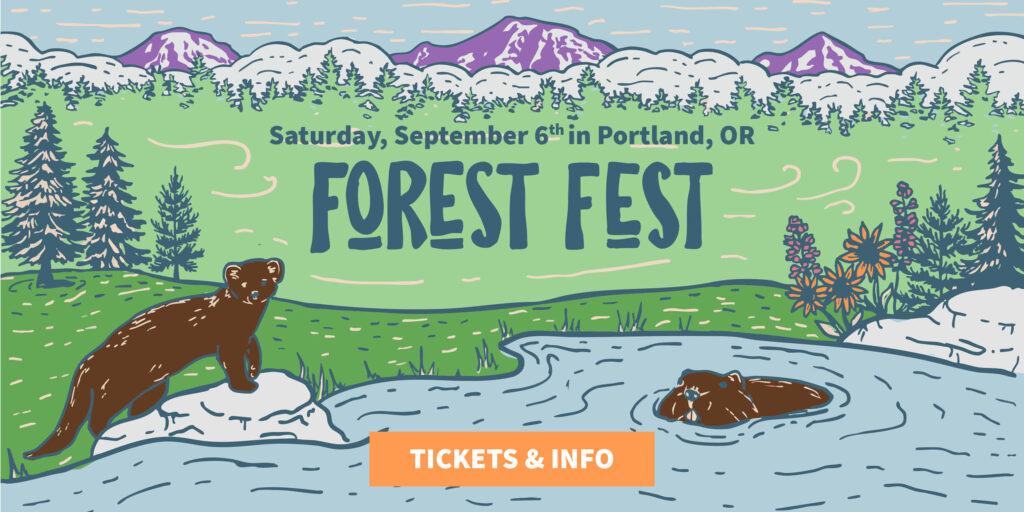Water
SAFEGUARDING WATERSHEDS IN SOUTHWEST WASHINGTON
Aquatic Restoration Project Spotlight: relocating beavers
While beaver populations have rebounded in many areas since the end of the fur trade, it is estimated that there are 6 -12 million beavers in North America, which is just a fraction of estimated pre-European levels of 40-600 million. Beavers are a keystone species and a crucial part of our strategy for restoring aquatic habitat and building climate change resilience in the Cascades. Our beaver reintroduction efforts focus on headwater systems where natural recovery has been slow due to habitat fragmentation and the relatively slow pace of upland colonization by beavers. We collaborate with university partners to study the impacts of beaver recovery and the movement patterns of reintroduced beavers to inform future relocation efforts and better understand the role of beavers returning to the landscape.
A Land Shaped by Water and Salmon
- We speak out against attempts to weaken or bypass existing protections and advocate for policies that ensure the long-term health of waterways.
- We assess the potential effects of timber sales and other proposed development projects on aquatic habitats and fight to prevent or minimize adverse impacts.
- We work with partners including the Cowlitz Indian Tribe, Lower Columbia Fish Enhancement Group, the U.S. Forest Service, and individual volunteers on large-scale aquatic restoration projects to improve salmon habitats in the region.
- Other restoration projects like the Instream Wood Bank Network, the construction of beaver dam analogs (BDAs), strategic beaver reintroductions, and planting native tree species along waterways improve aquatic habitats throughout the forest.
Our approach to protecting and restoring aquatic ecosystems
LIMITING IMPACTS FROM LOGGING AND DEVELOPMENT
Streamside logging sends sediment into waterways, impacting fish habitat and water quality, decreasing shade (which exacerbates warming trends), undermining the stability of stream banks, and removing trees that will one day be valuable for instream wood. CFC works to prevent or limit streamside logging through state-level advocacy and by commenting on proposed timber sales, or other actions that harm sensitive aquatic ecosystems.
COLLABORATIVE AND INNOVATIVE APPROACHES TO HABITAT RESTORATION
We work collaboratively to address threats to aquatic ecosystems with partners including restoration professionals, Tribes, local landowners, timber companies, federal and state agencies, and our fantastic volunteers!
Our Instream Wood Bank Network helps source affordable wood for aquatic habitat restoration projects across the region.
CFC is a leader in targeted beaver reintroductions, invasive species management, and the development and implementation of low-tech, process-based restoration techniques.
These efforts improve aquatic habitat for species like salmon and steelhead and make our region healthier and more resilient to the impacts of climate change.
Featured water projects
Introducing the Instream Wood Bank Network
Improving habitat with Beaver Dam Analogs
Searching for Pacific lamprey
SPEAK UP FOR A SUSTAINABLE FUTURE
Since 1985, Cascade Forest Conservancy has been your voice speaking for the areas in and around the Gifford Pinchot National Forest in southwest Washington. Join the 12,000 other members who support Cascade Forest Conservancy and are making a difference now.
News & Updates
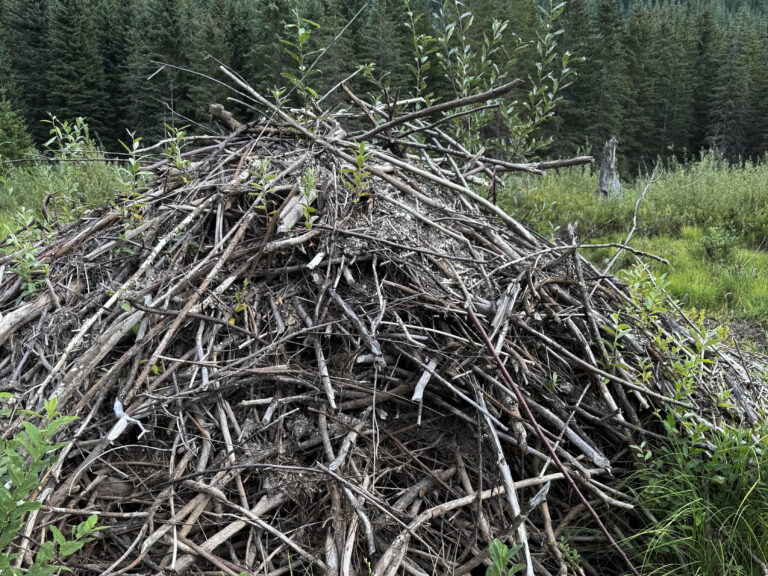
WORKING AS BEAVER REALTORS
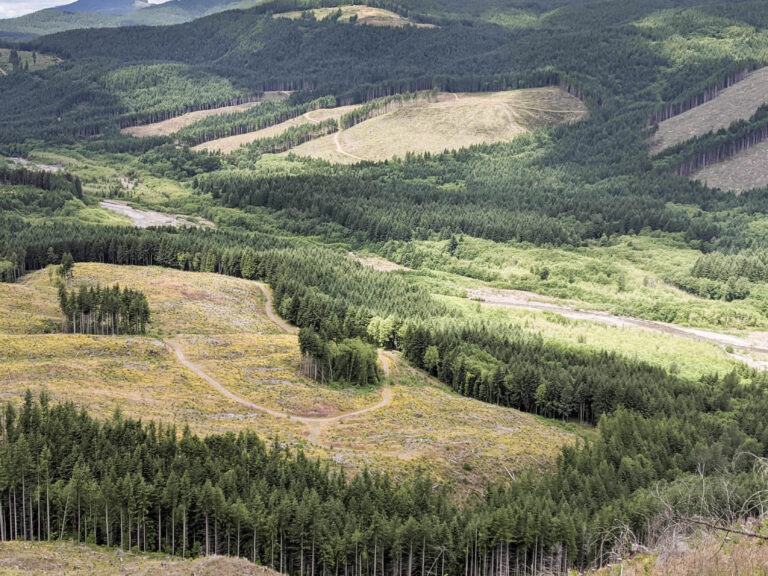
THE IMPACTS OF FOREST ROADS & THE IMPORTANCE OF PROTECTING ROADLESS AREAS

